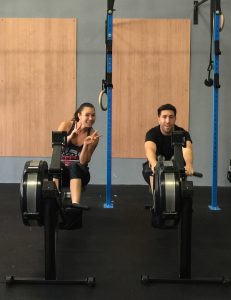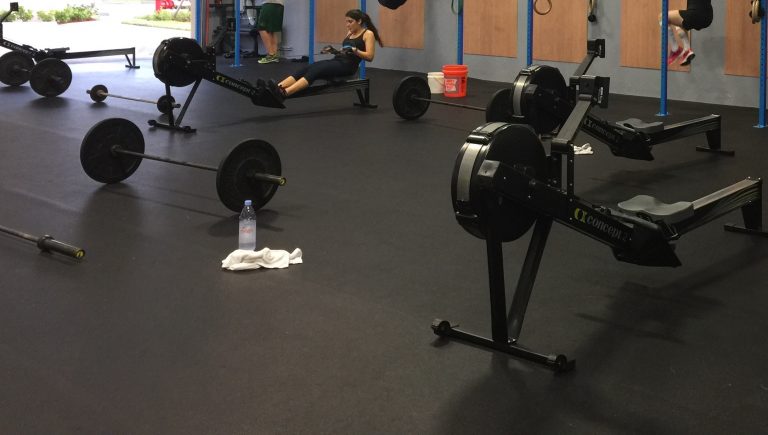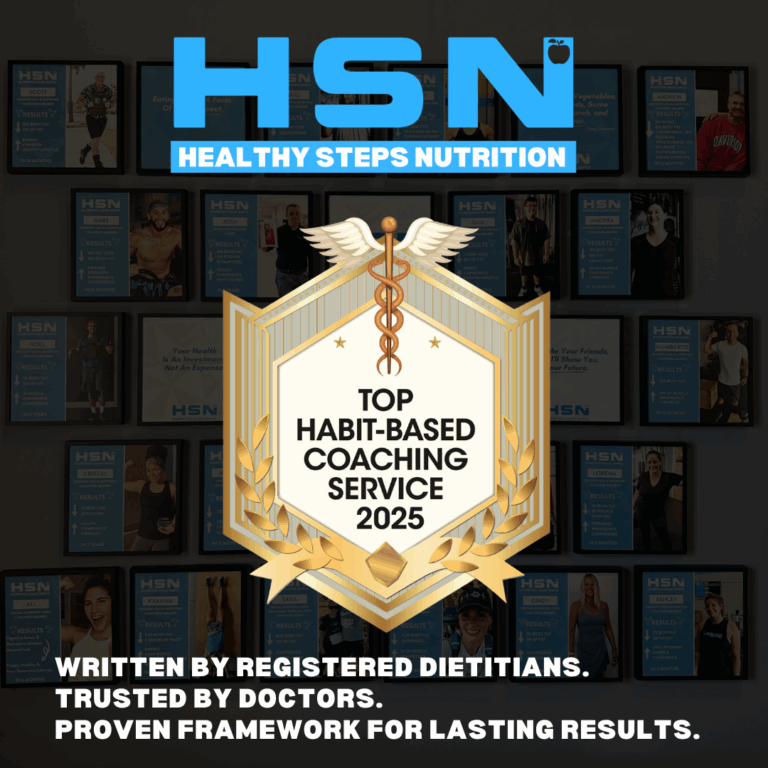[et_pb_section bb_built=”1″ admin_label=”section”][et_pb_row admin_label=”row” background_position=”top_left” background_repeat=”repeat” background_size=”initial”][et_pb_column type=”4_4″][et_pb_text admin_label=”Text” _builder_version=”3.0.51″ background_layout=”light” text_orientation=”left” border_style=”solid”]
Breathing while rowing can be a challenge, and not just because of an elevated heart rate. If you’ve never thought about your breath while on a Concept 2 rowing machine, you will now.
First, lets establish some rowing terminology. The “drive” is the initial pull. During the drive, think about using your legs to begin the movement, then lean your torso back slightly and follow through with your arms. If you were in the water, this would be when the oars are in the water, and force is applied to move the boat. The “recovery” is the action of retuning the handles and your body to the starting position.  This movement should take about twice as long as the drive so that you can (in theory) recover. The “catch” is the last part of the recovery, where the oars are placed into the water, or you return the handle to its starting position (or close to it).
This movement should take about twice as long as the drive so that you can (in theory) recover. The “catch” is the last part of the recovery, where the oars are placed into the water, or you return the handle to its starting position (or close to it).
So, getting back to breathing. Once you become more comfortable with the movement of rowing, and start to draw awareness to your breath, the rhythm of your breath will coincide with the rhythm of your stroke. With practice, you can speed up your breath to accommodate a more vigorous row instead of letting your rowing determine your breath.
Generally, if your pace is relaxed, you should be able to get one complete breath (in and out) per pull. To be more specific, slowly, gradually exhale through the drive and inhale on the recovery.
If you find that your breath feels restricted in the catch position, you may need to adjust your footrest size. If your footrests are set too small, it could raise your feet even the tiniest bit, but this would then raise your knees high enough to interfere with your torso, restricting the expansion of your inhalation.  The other issue could be that you’re bringing the handle in too far. Your back should stay upright in the catch, try to keep a maximum of 45 degree angle, and never ever round your back.
The other issue could be that you’re bringing the handle in too far. Your back should stay upright in the catch, try to keep a maximum of 45 degree angle, and never ever round your back.
When your row intensity is higher, try to concentrate on two breaths per stroke; Inhale during the recovery, exhale quickly, inhale again just before the catch and exhale as you finish the drive.
Spend some extra time on the rower over the next few weeks and see if you can apply some of this. Really, the most important part of breathing on a rower is the pattern. Find a rhythm that fits your intention. Listen to your breathing. Get comfortable with being aware of your inhale and exhale. On those tough rows, concentrating on breathing rhythm and timing could be what gets you through! Good luck and happy rowing!
Marci
[/et_pb_text][/et_pb_column][/et_pb_row][/et_pb_section]





